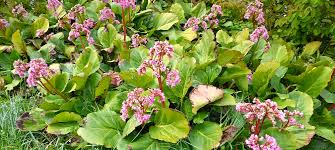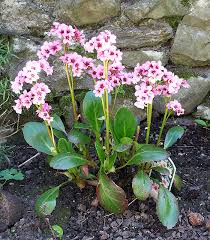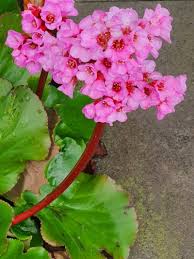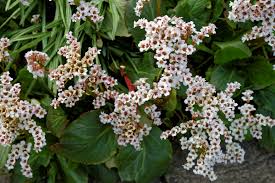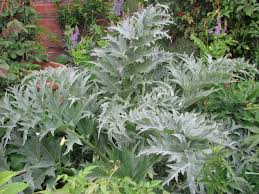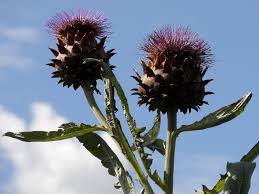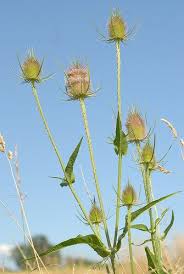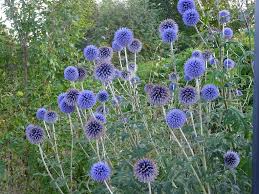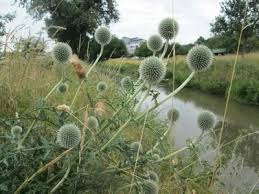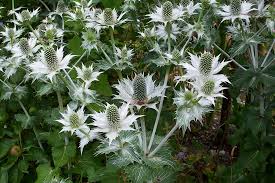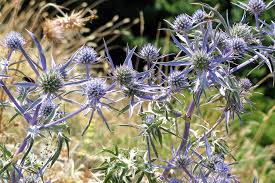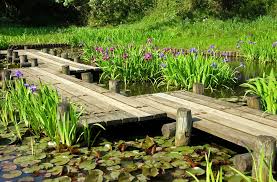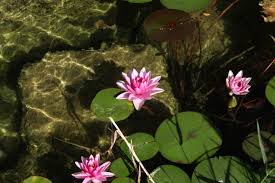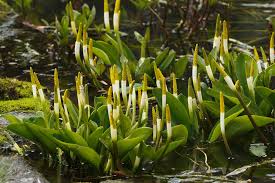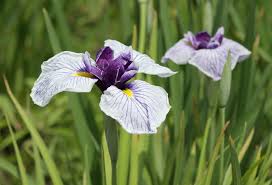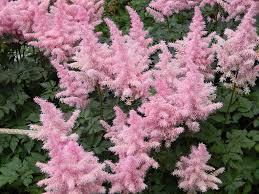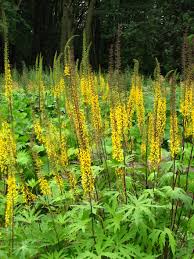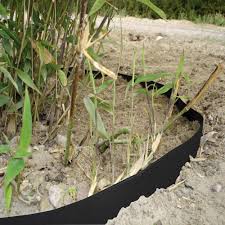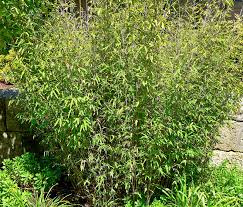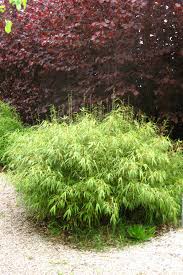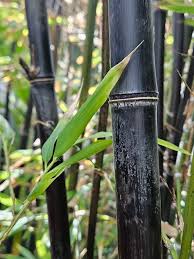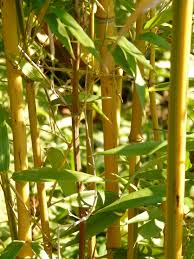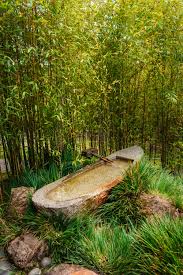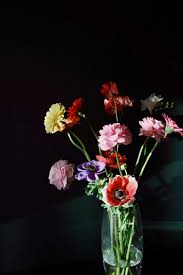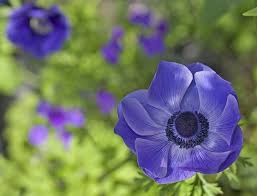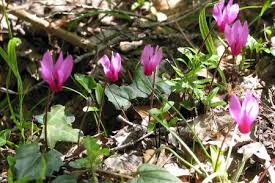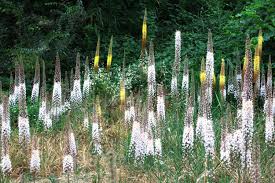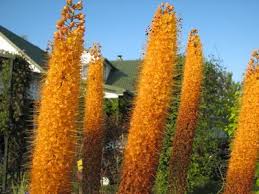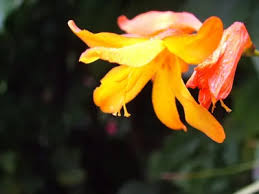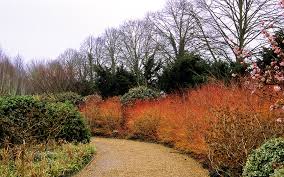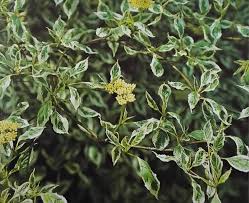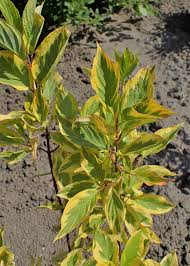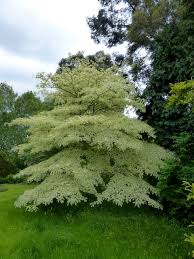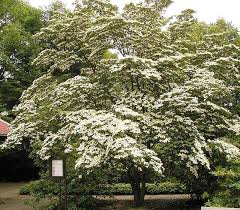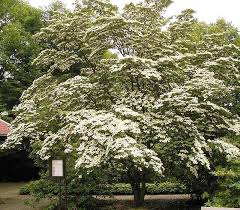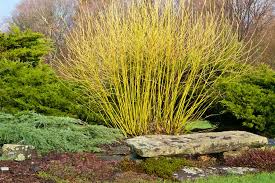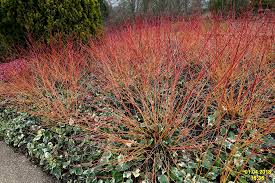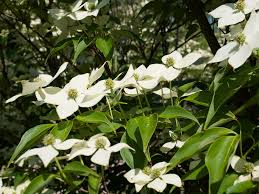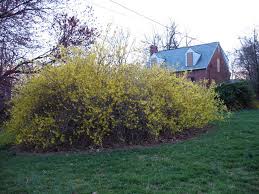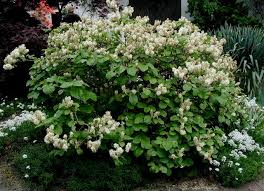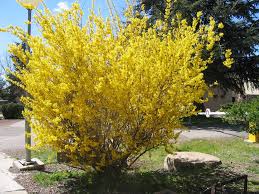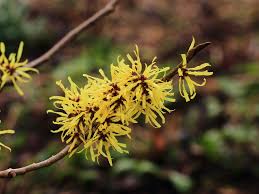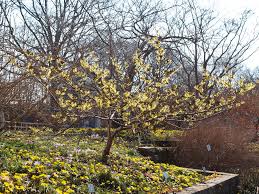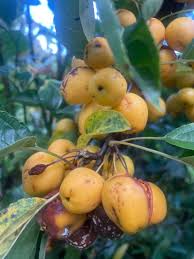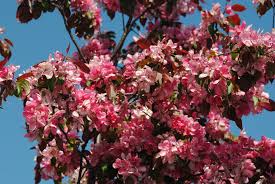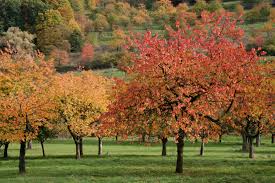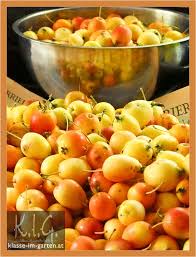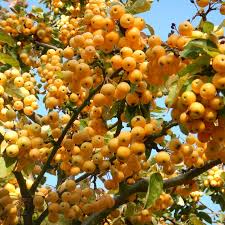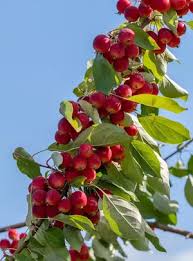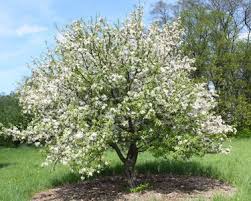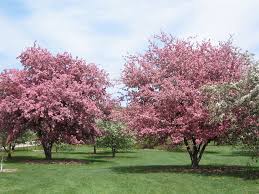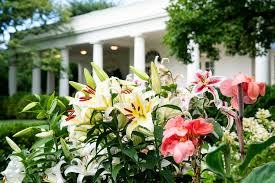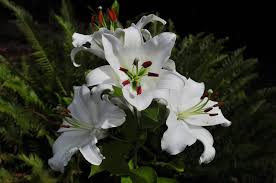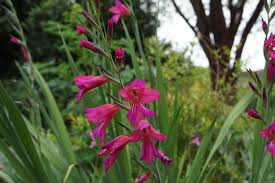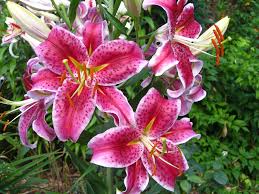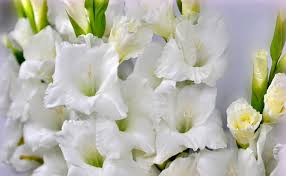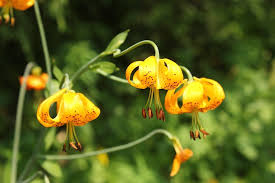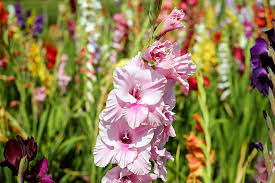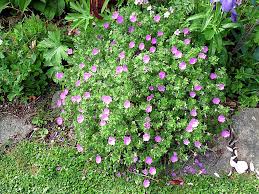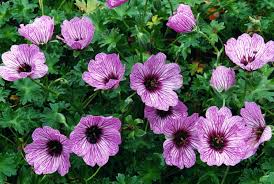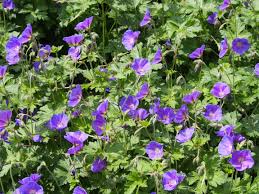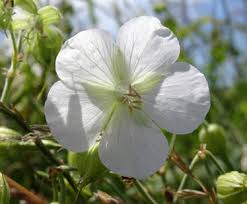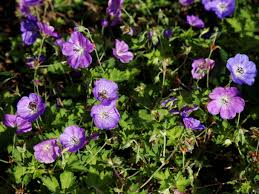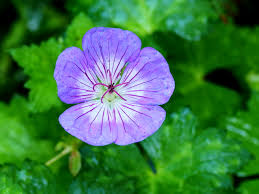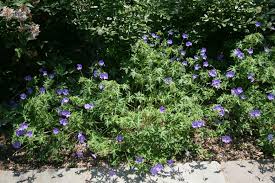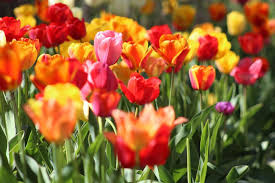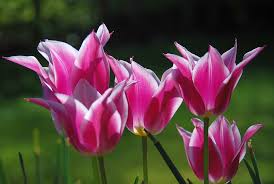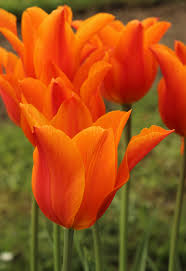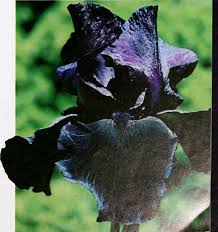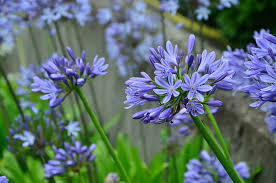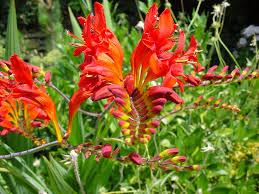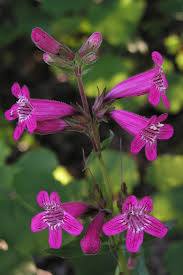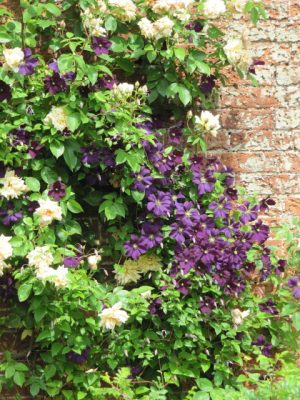
stunning climbing partners
The vertical space in the garden is not to be ignored , with many plants looking stunning soaring up the side of a building or over a large wall and with so many to choose from, doubling up on that space with some eye catching colour combinations, can look truly dramatic. Here are some combinations for late spring and early summer to consider.
Red and White, colour combination or two very vigorous climbers.
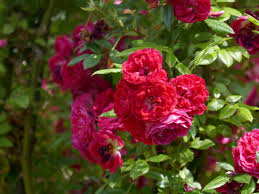
Rosa ‘Rambling Rosie’
Rosa ‘Rambling Rosie’: The red form of rambling rector, this is a rose with very big ideas, rampant and fast growing, with great disease resistance, with shiny semi-evergreen foliage. Large clusters of bright scarlet flowers are produced May/June, followed with intermittent scattered blooms though the summer and a haze of small orange hips in autumn, a dramatic rambler for a big space.
,
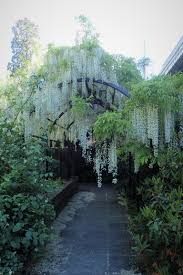
Wisteria floribunda ‘Alba’
Wisteria floribunda ‘Alba’: A stunning Japanese wisteria, with white racemes of flowers produced before the leaves, so the flowers can really be seen. A very vigorous climber, for a large space. Flowering April/May
Soft pink and cobalt Blue. The ceanothus as the wall shrub needs to get established first to make a good large shrub with a dense habit for the clematis to climb up, so it dose not get smothered by the faster growing clematis, but this is a eye popping combination and worth the wait.
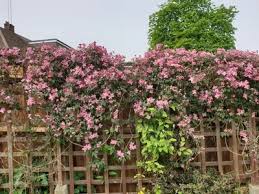
Clematis montana ‘Rubens’
Clematis montana ‘Rubens’: A vigorous and fast growing large climber, with purple green foliage and open soft to rose pink flowers in April/May for a large wall.
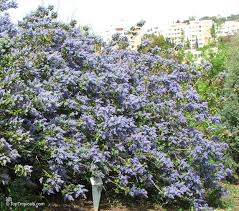
Ceanothus cascade
Ceanothus cascade: A superb wall shrub with small dark evergreen foliage, making a dense shrub up to 3m in size, even larger trained on a wall, it must have room to bulge out from the wall. A mass of small fluffy intense blue flowers April/May and a few scattered flowers latter in the summer. Ceanothus, are quite quick growing and can be tender so training it against a sheltered wall is perfect. However they are not long lived 10 year plus is an approximate life span.
Soft yellow and mauve colour combination. For an elegant colour pairing.
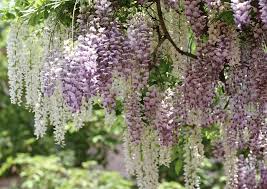
Wisteria floribunda ‘Domino’
Wisteria floribunda ‘Domino’: A wonderful wisteria, again a Japanese variety so the flowers appear before the leaves for maximum impact. Early flowering in April into early May, makes it a perfect climbing partner for this early flowering banksia rose. With soft mauve tinged purple single flowers on 25cm long racemes. A large fast growing climber.
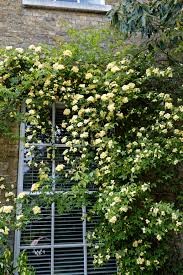
Rosa banksiae ‘Lutea’
Rosa banksiae ‘Lutea’: A stunning rose, which gets to huge proportions, it needs space. Amazingly healthy with semi-evergreen, dark green glossy foliage. With the added advantage of no thrones! Small double roses in soft canary yellow borne singly or in clusters appear very early in the season, April/May. A mass of small orange round hips in the autumn. A dramatic sight, when allowed the room.

Dramatic climbing partners
Top Tips: Choose climbing partners that flower at the same time or have overlapping flowering periods so that you either get a double full colour hit, or one majors and as it is fading the second climbing partner comes into its own. All the climbing combinations I have suggested are big beasts and need a sizeable wall or a big house or side of barn to really go for it!. So baring that in mind. Strong climbing wires at 300mm intervals up the wall with screw in vine eyes every 1m are a must. I would also advise barrel strainers for tightening the wires as time goes by and they become slack. Always train climbing plants/wall shrubs on the outside of any down pipes. Use pruning not just to increase flowering, but the keep these vigorous plants in check, round window and do not let them over roofs or under eves, there lies trouble.
The WOW factor out weighs the maintenance of these wall shop stoppers. What combination will you choose for your climbing partners?
